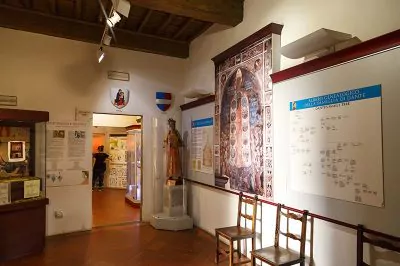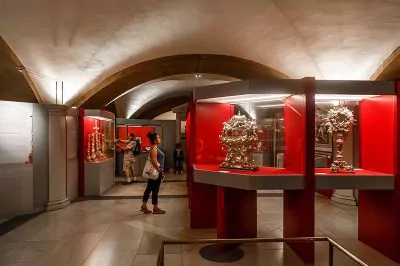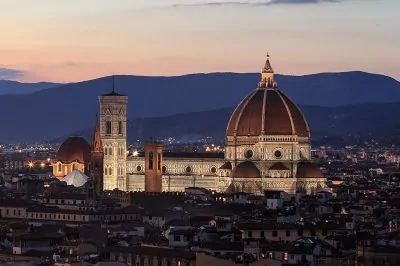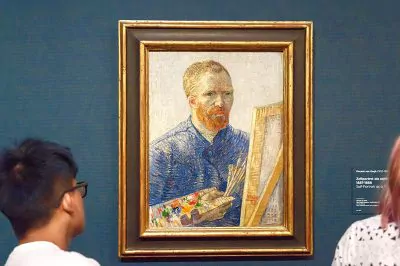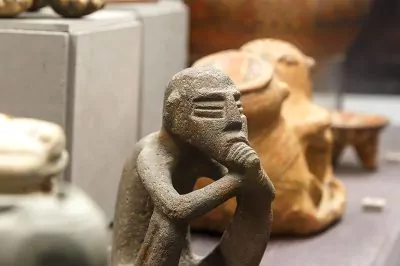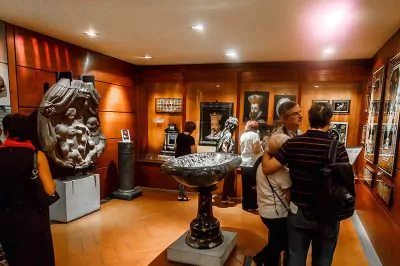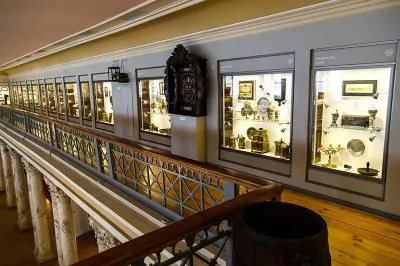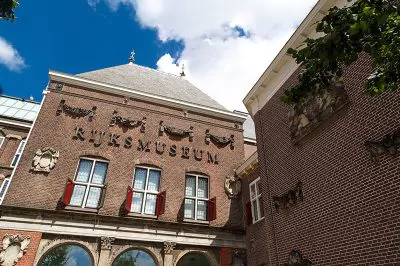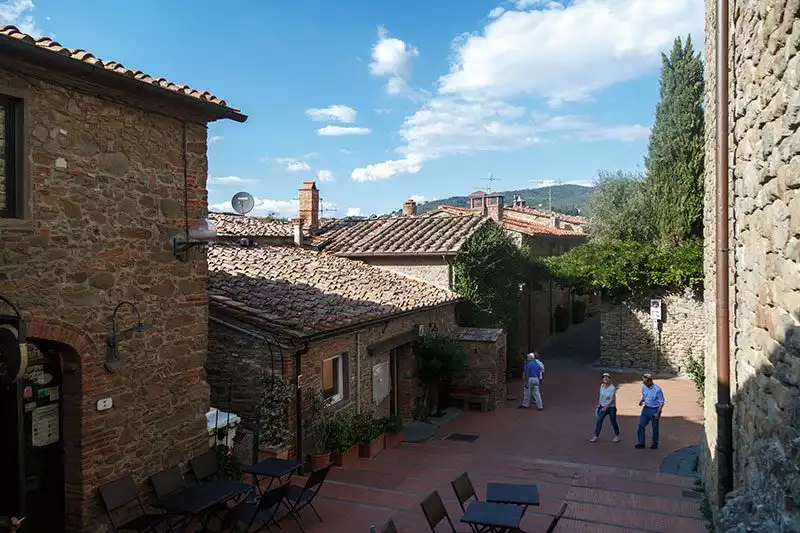
Leonardo da Vinci Museum: The Child Prodigy of the Middle Ages
Leonardo da Vinci, the world’s greatest genius, was a perfect person in every respect. In the town where Leonardo da Vinci, whose inventions, artistic personality and scientific knowledge can attract people from all walks of life, lives, there is a museum with Leonardo’s works.
The Leonardo Museum has been transformed into a museum covering the fields of architecture and science. Machines, textile production technologies, mechanical clocks, tools of war, flying machines and many tools invented by Leonardo are among the tools you can see up close here.
The museum is located right next to Leonardo da Vinci’s wooden sculpture depicting a man with ideal proportions. The building where the museum is located used to be a castle before it was prepared as the Leonardo da Vinci Museum.

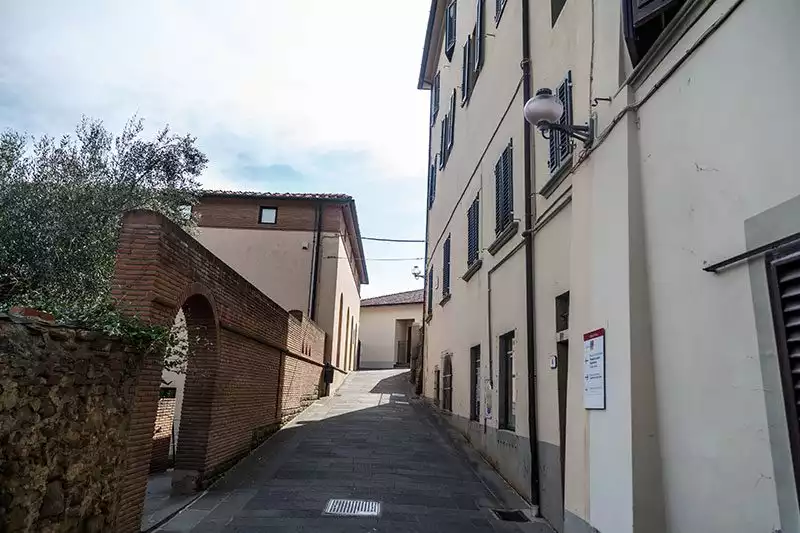
Conti Guidi Castle is already visible from every point of the city. In 1919, 400 years after the artist’s death, preparations for the museum began. With the great support of IBM, models similar to the drawings were developed and the museum, which was enriched with donations, was named Leonardiano in 1986.
Tickets purchased at the entrance gate of the museum can be used to enter more than one point. The 2 Leonardo Museums where Leonardo da Vinci’s works are exhibited, the terrace that allows you to watch the town of Vinci panoramically from above and the house where Leonardo da Vinci was born.
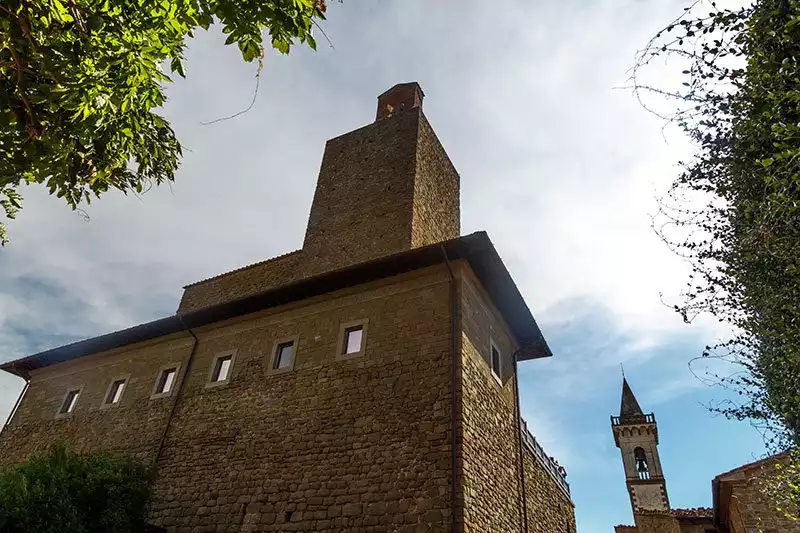
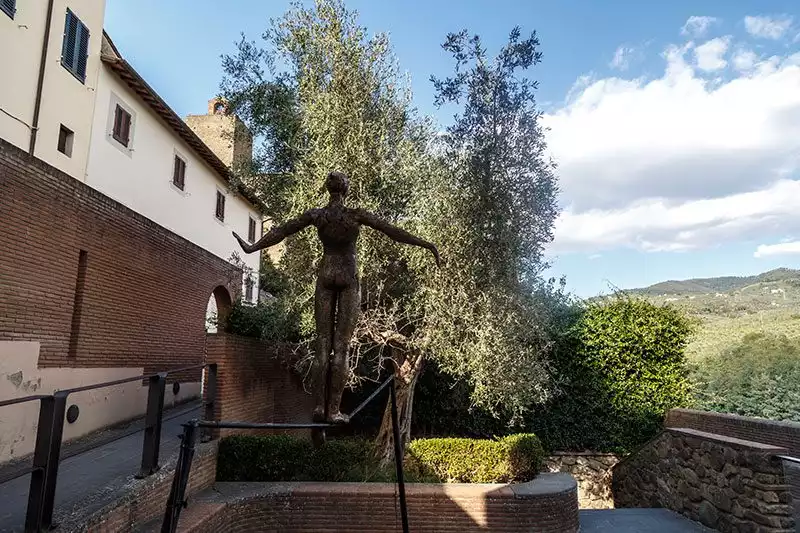
Leonarda da Vinci was an engineer who especially analyzed the wheel system very well. While visiting the museum, you will see many inventions prepared using the wheel system. The explanations of the inventions are supported by both text and 3D animations.
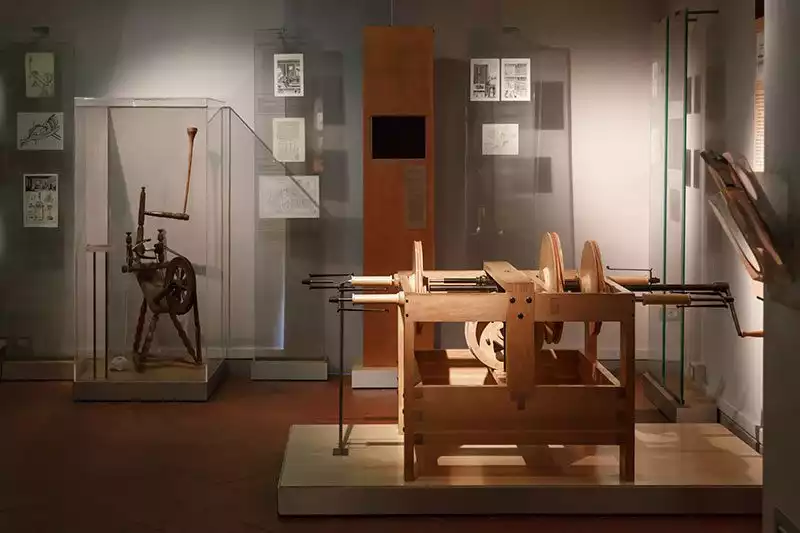
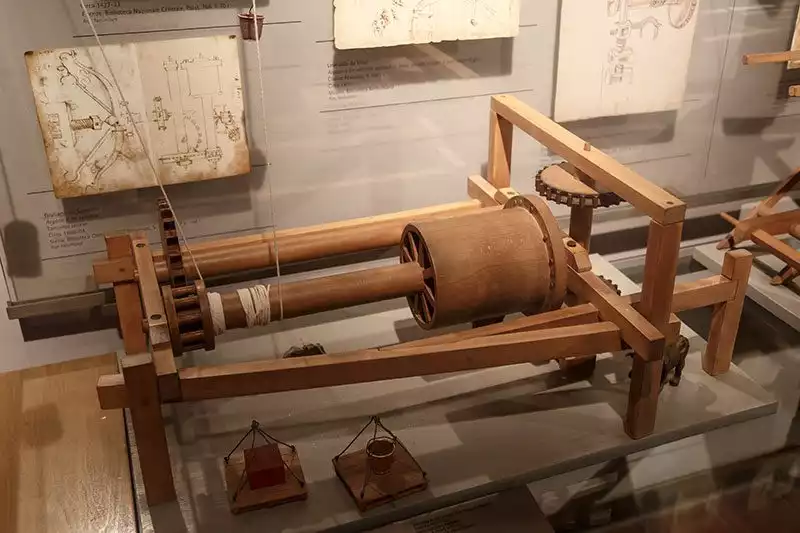
There are of course many artifacts to see in the museum, but the most important one is the Vitruvian Man. This sketch, found among the notes in his diaries, depicting a naked man intertwined, is known as The Ratio of Men. The original sketch is in the Accademia Art Gallery in Venice.
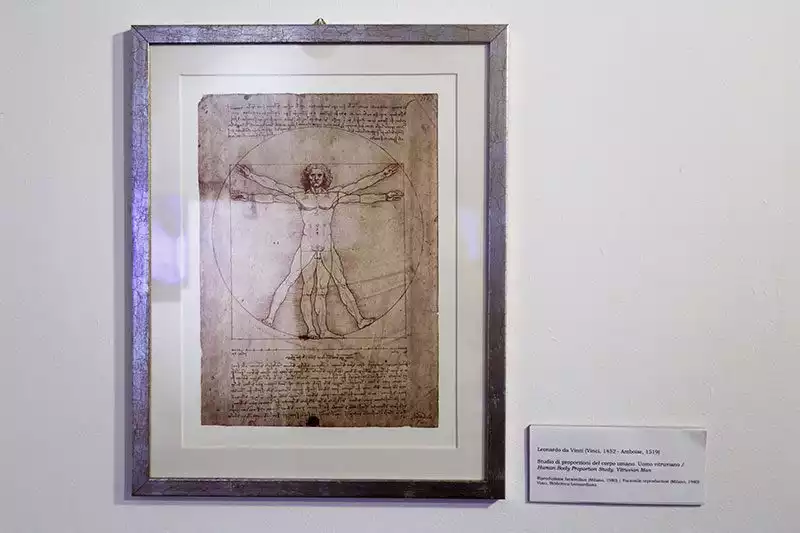
In front of the museum is an interesting square. Piazza del Guidi, designed by Mimmo Paladino, is an interesting project based on Leonardo da Vinci’s architectural and scientist side. This view, given in 2006 in the light of the museum’s development work, attracts the attention of visitors.
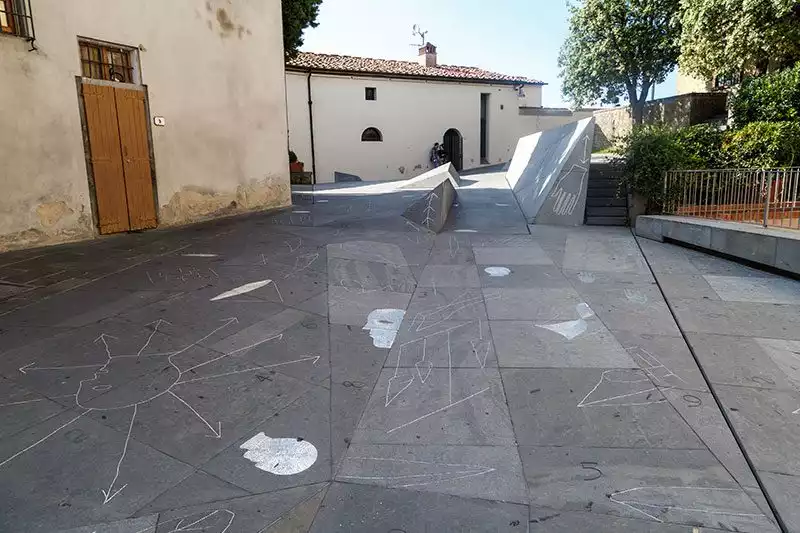
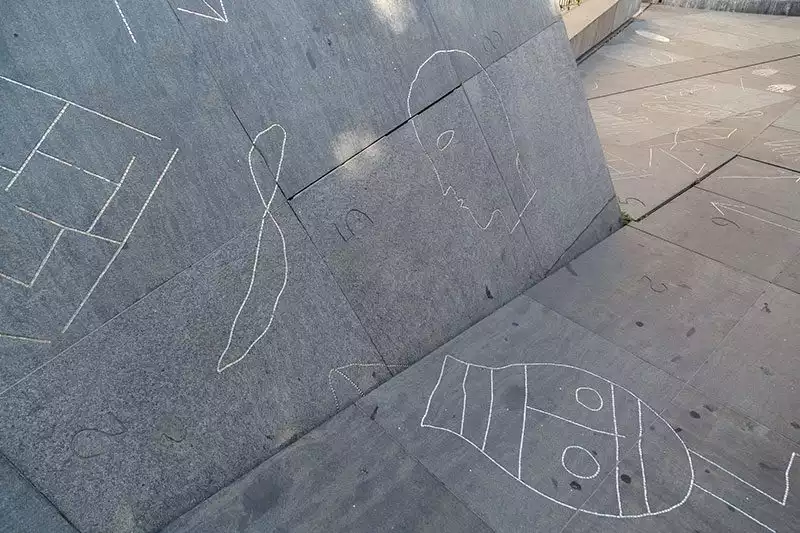
After the artistic Guidi Square, let’s visit the church where Leonardo da Vinci was baptized. The church of Santa Croce of the Holy Cross is quite small, but inside is the Leonardo Una Mostra Impossibile exhibition. In the exhibition, it is possible to see copies of many of Leonardo’s works up close.
Lady with an Ermine (Czartoryski Museum, Poland), Baccus, Virgin of the Rocks, Virgin and Child with St. Anne, Mona Lisa (Louvre Museum, France), Adoration of the Magi (Uffizi Gallery, Italy), Madonna of the Carnation (Alte Pinakothek, Germany), St. Jerome in the Wilderness (Vatican Museum, Italy).
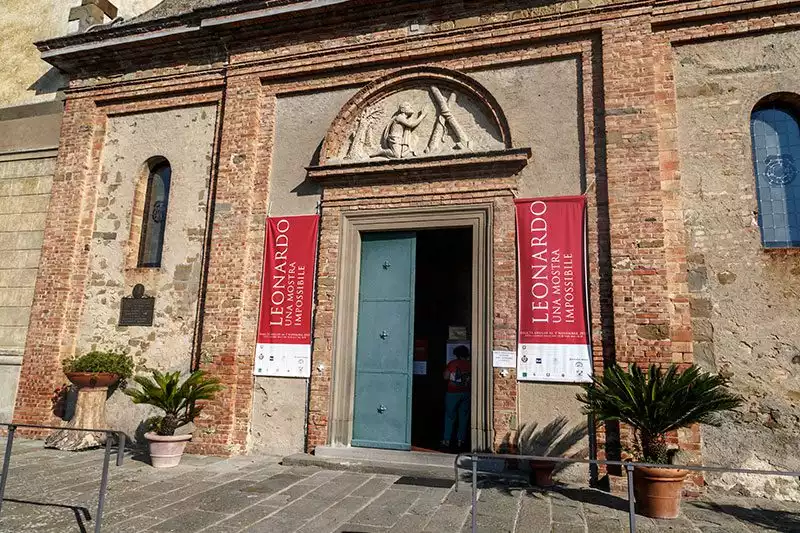
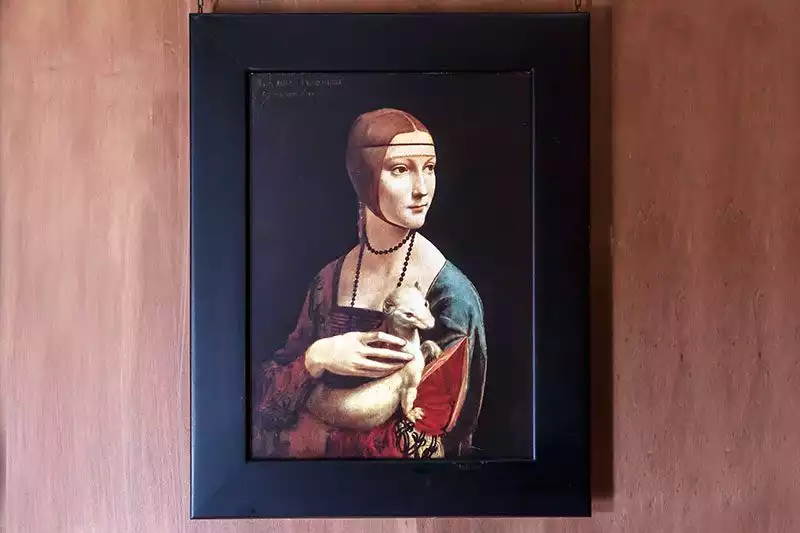
The largest of them all is The Last Supper, measuring 4.60m x 8.80m. Even the copy of the painting, the original of which is in Santa Maria delle Grazie in Milan, is marvelous.
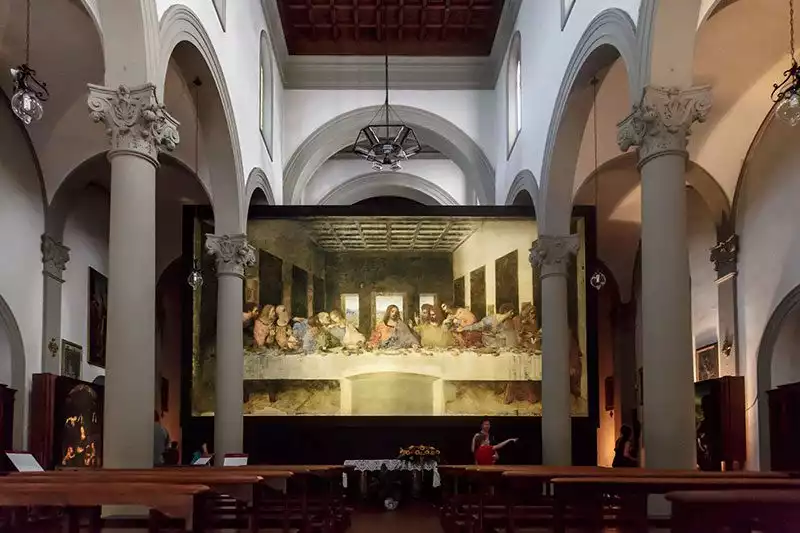
Now it’s time to go up to the castle and enjoy a panoramic view of Vinci Town. As we enter the castle where the tower is located, we are greeted by Leonardo da Vinci’s inventions. We walk through his inventions including war machines, wing frames for flying, cannons and bridges. Then a 120-step journey awaits the visitors.
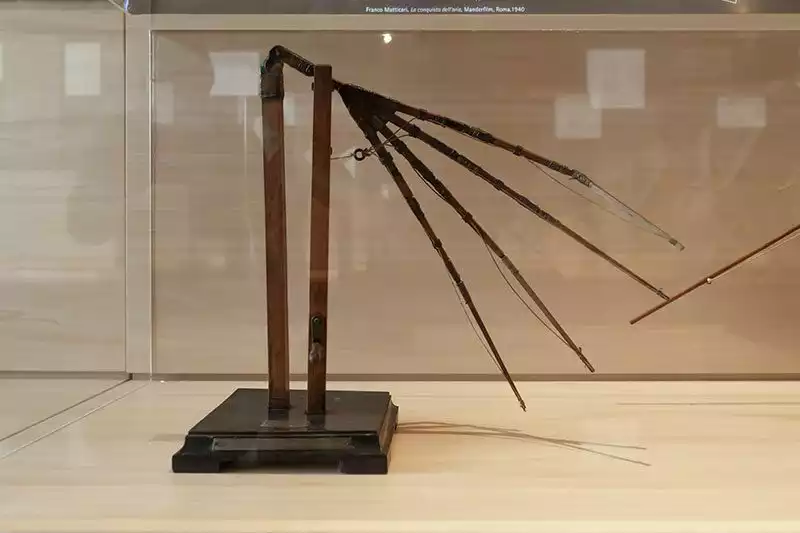
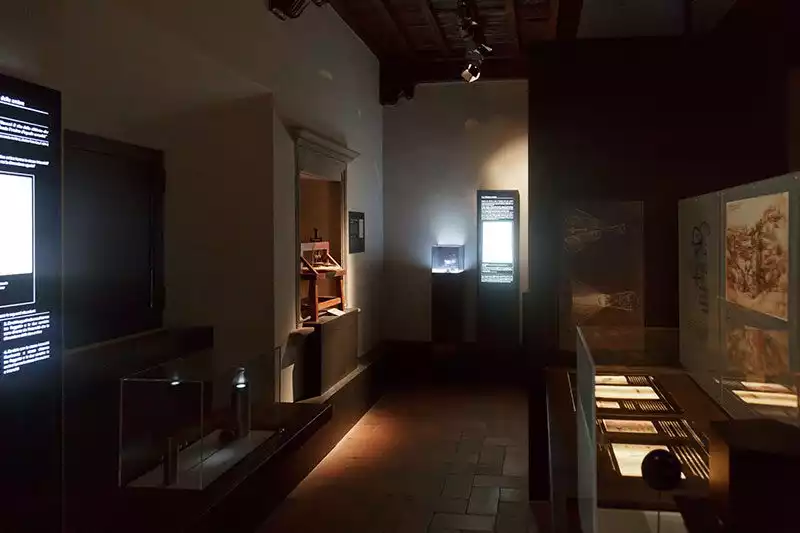
On the way up, we also come across Leonardo’s great inventions. One of the rooms is the water section. We see models of the extraordinary ships he invented to float in the water. We also learn that it was Leonardo who made the first underwater diving suit. It is a system based on taking in air from the unsinkable cork with the help of a hose.
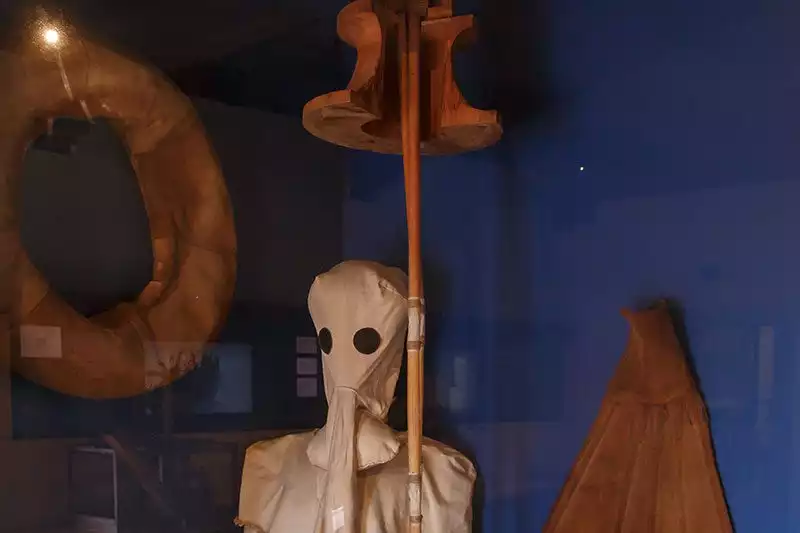
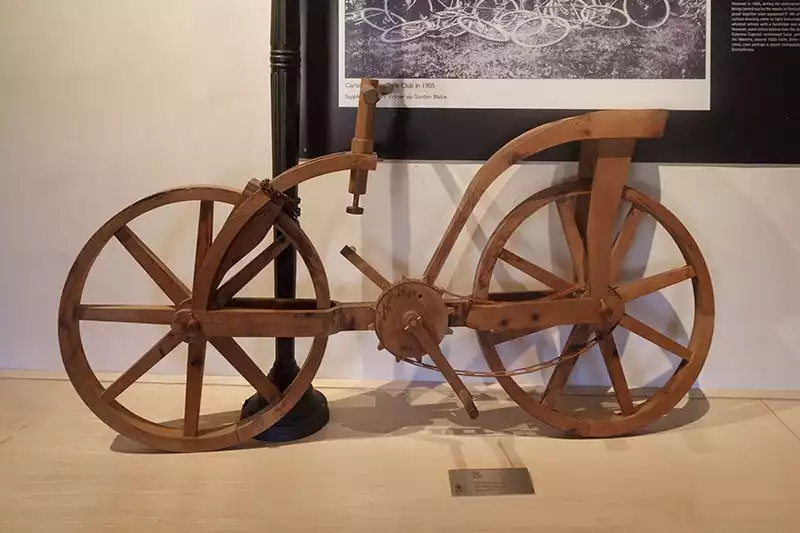
Finally we manage to climb the castle with its bell tower. The green Tuscan hills are really beautiful. This is the highest tower for photos and videos. You can observe every street of Vinci from the top. Enjoy the view. When we went up, it was quite windy because there was no higher structure around, so if you plan to stay longer, don’t forget to wear something to prevent windstroke.
We recommend you to read our article titled Vinci Town Travel Guide to get more information about Vinci Town and to see a detailed road map about transportation information to the town.
The House Where Leonardo da Vinci Was Born
The house where Leonardo da Vinci was born is not in the center of the town, but in a village about 3 kilometers into the hills. The house in the village called Anchiano has multimedia features. The hologram of Vinci’s life is one of them.
Born in 1452 and living in Vinci until the age of 14, the landscape where Leonardo da Vinci grew up is almost the same as today. The lack of any construction in the surrounding area has allowed the production of grape and olive trees to continue for centuries. It is interesting that today we see the same landscape that inspired Vinci.
Leonardo da Vinci’s real name is Lionardo di ser Piero da Vinci. The meaning is as follows: Leonardo, son of the Vincentian Master Piero. In other words, contrary to popular belief, Leonardo da Vinci took the surname Vinci not because he was born in the town of Vinci, but because his father was a Vincentian.
